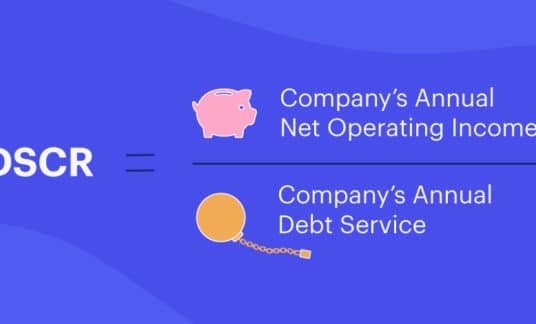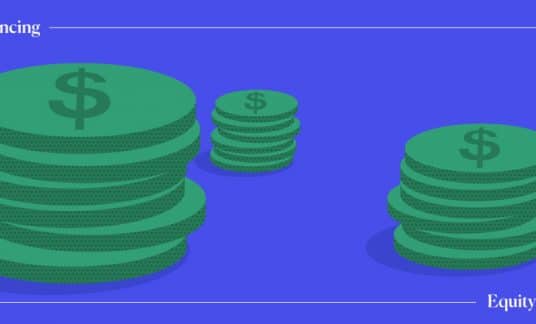Setting employee performance goals can help keep everyone accountable in the workplace. As you’ll see from employee performance goal examples, goal setting for employees in part focuses on ongoing responsibilities.
Why Do Employee Goals Matter?
Without creating specific and measurable goals for employees, they may not know how their overall performances are being measured. By setting objectives, you also show employees how their work supports company goals. Employees who feel accountable are more likely to be motivated and productive.
It’s important to remember what employee goals aren’t. Performance goals address employees’ primary responsibilities, but not necessarily the specific tasks that accomplish those goals. On the other hand, developmental goals for employees emphasize gaining new skills and knowledge.
Also, keep in mind that employee goals are different than employee performance reviews and are meant to support productivity and engagement in the workplace.
How to Write Employee Performance Goals
1. Use the SMART Strategy
When creating employee goals, remember to be SMART—
- Specific: Use a quantitative value to define a particular objective
- Measurable: Include metrics, as well as start and endpoints to track progress
- Attainable: Is the objective realistic with the timeline and resources available?
- Relevant: Goals should support broader company objectives
- Time-bound: The expected duration should match the scope of the goal
By using the SMART strategy to set goals for employees, they can focus on definitive objectives.
2. Remember Strengths and Weaknesses
While performance goals and objectives for employees should support the overall company, they should also reflect the individual. Being aware of your employees’ strengths, weaknesses and professional goals will help you provide better motivation.
Another way to encourage employees is to involve them in setting their own performance goals. Employee involvement can boost accountability while you benefit from their perspective on where they stand, work-wise.
Performance goals will be more effective if employees feel these expectations are within reach. They should also help employees prioritize their work while strengthening their existing skillsets, encouraging pride in their performances.
3. Encourage Teamwork
While you want to tailor performance goals to individual employees’ skill sets, you should also be consistent when setting goals for teams. To support a positive workplace, employees with similar responsibilities should be working toward similar goals—creating camaraderie rather than competition.
4. Avoid Too Many Goals
If you give your employees a long list of performance goals, it’s likely those goals are too narrow in scope and too focused on tasks. While higher-level employees should have goals that are broader and more complex, in general, keep employee goals to fewer than 10 in total.
5. Focus on Results
You want employee performance goals to focus on measurable results, not tasks. Specific tasks are better suited for action plans, which help your employees accomplish their goals. While the types of goals for employees may vary, all should keep the big picture in mind.
-
What are Action Plans?
Action plans break down the specific tasks that can help an employee reach their performance goals. This can serve as a roadmap to interim objectives, so employees are on track to meet their larger goals. Action plans also help both employer and employee determine appropriate milestones to check-in and monitor progress.
6. Review and Reward
After a previously agreed timeframe, you should meet with your employees and evaluate whether or not they were successful in meeting their goals.
This can be an opportunity to review their productivity and if any company policies need to be revised to better support employees. Or perhaps determine if other circumstances, such as a reorganization, kept employees from being successful under the original parameters.
Remember to reward and recognize employees who reach their performance goals. Acknowledging their hard work shows that you value their efforts, which can boost employees’ job satisfaction.
Employee Performance Goal Examples
If you want a formula for crafting employee goals, try this:
-
(Action) to (measurable and relevant result) by (timeframe).
Here are examples of measurable goals for employees following the formula:
Complete CRM software training to retain 25% more clients by the end of the quarter.
Why it works: By learning how to use a customer relationship management (CRM) program, the employee will gain valuable skills that can help them provide better customer service. Improving customer service will build client satisfaction, so they continue working with your business.
Action plans to support this performance goal could include your employee attending software webinars. To monitor their progress, you might want to schedule weekly check-ins.
Improve public speaking skills to double client meetings led in the next 6 months.
Why it works: Public speaking is a skill that can help an employee eventually move into a more senior role. Encouraging them to lead client presentations also shows that you trust their work.
To help your employee achieve this goal, create an action plan that suggests the employee sits in on meetings led by a versed speaker. Eventually, have the employee conduct more team meetings and client calls.
Implement a new wellness policy to reduce workplace absences by a 3rd in the next year.
Why it works: Improving the workplace environment can boost productivity and cut costs associated with absences. The extended timeframe also makes this goal more realistic and achievable.
A business owner or employee working on this performance goal might start by reviewing the current policy and reasons behind previous absences. An action plan for this goal could include researching other wellness initiatives or speaking to other employees about how to support them better.
These are good examples of SMART goals for employees that can be a starting point for creating employee performance goals that support your small business’s overall objectives.












